- myFICO® Forums
- Types of Credit
- Credit Cards
- Re: Cashback Strategy
- Subscribe to RSS Feed
- Mark Topic as New
- Mark Topic as Read
- Float this Topic for Current User
- Bookmark
- Subscribe
- Mute
- Printer Friendly Page
Cashback Strategy
Is your credit card giving you the perks you want?
Browse credit cards from a variety of issuers to see if there's a better card for you.
- « Previous
-
- 1
- 2
- Next »
- Mark as New
- Bookmark
- Subscribe
- Mute
- Subscribe to RSS Feed
- Permalink
- Report Inappropriate Content
Re: Cashback Strategy
You've got pretty much everything covered OP. Like @Anonymous mentioned PP business debit w/ PP 2% if you want to cover all bases and another 5% rotating if you want to branch out further.
Since you do most of your shopping at Walmart like me you could try for UMB or one of their affinities in the future once your TU becomes 5/24 or under. Had this card for a month now and it's been great for 3% cashback in store with the only downsides being 45 day wait for cb to be applied as statement credit and points expiring in 5 yrs.




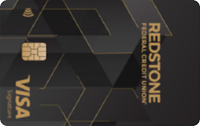







- Mark as New
- Bookmark
- Subscribe
- Mute
- Subscribe to RSS Feed
- Permalink
- Report Inappropriate Content
Re: Cashback Strategy
The only thing I could think of is the Savor One for entertainment categories (3%)
If you have significant spending in your entertainment categories - movie tickets, concerts, touist attractions, theme park, zoo, aquarium, club, bar, bowling alley, stadium tickets, then this card would give you a slight better reward rate, apart from having a no foreign transaction no annual fee mastercard
#OCD
- Mark as New
- Bookmark
- Subscribe
- Mute
- Subscribe to RSS Feed
- Permalink
- Report Inappropriate Content
Re: Cashback Strategy
And they do offer groceries pick up.
- Mark as New
- Bookmark
- Subscribe
- Mute
- Subscribe to RSS Feed
- Permalink
- Report Inappropriate Content
Re: Cashback Strategy
@MakingProgress wrote:
@Anonymous wrote:
Just a note on Walmart grocery - if the Walmart store in your area offers grocery pick-up, that codes as ‘grocery’ for AMEX.I am aware that pickup codes as grocery for Amex, but pickup is not my style. I don't want walmart substituting out of stock items for me. I want to make the decision of what or if I substitute.
I hear ya on picking out items yourself... I feel the same way. ![]()
I just wanted to mention that the one time I used Walmart Grocery (pickup) due to a promo I did end up with an item substituted, but they give you the option if you want it or not.
In my case I didn't (it was quite different) and they were able to use their hand device to take it off my ticket on-the-spot, easy peasy.
- Mark as New
- Bookmark
- Subscribe
- Mute
- Subscribe to RSS Feed
- Permalink
- Report Inappropriate Content
Re: Cashback Strategy
I would just be mindful of spreading out too thin. Depending on your monthly spend in each given category, it may not be worth adding more and more cards. Many programs have redemption thresholds which you could have trouble reaching if you are using each card for only one or two expense categories. Just something to think about. Don't over-optimize.
- Mark as New
- Bookmark
- Subscribe
- Mute
- Subscribe to RSS Feed
- Permalink
- Report Inappropriate Content
Re: Cashback Strategy
@kdm31091 wrote:I would just be mindful of spreading out too thin. Depending on your monthly spend in each given category, it may not be worth adding more and more cards. Many programs have redemption thresholds which you could have trouble reaching if you are using each card for only one or two expense categories. Just something to think about. Don't over-optimize.
I agree I think I am at about the saturation point now. Since I am over 5/24 for a while I have time to decide if I want a Freedom later. I just wanted to make sure I wasn't missing something obvoius.
I don't think the savor is necessary, I am going to get the 4% on dining from Uber and I don't spend enought on other entertainment to worry about an extra 1% especially with a $95 AF.
As for walmart pickup. I forgot to mention I hate all drive up/drive thru's. I avoid them at all costs.



Current Scores







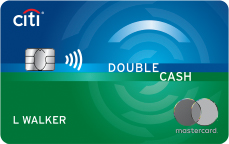

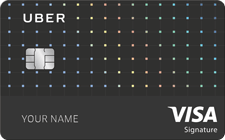
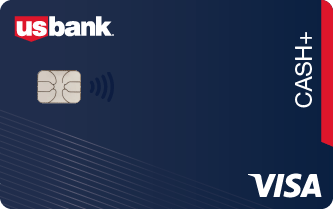

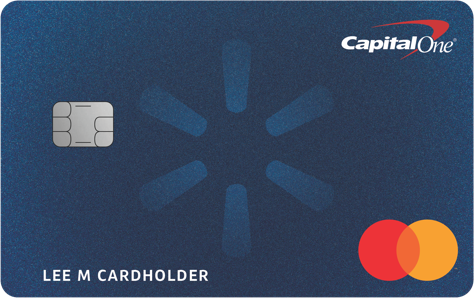
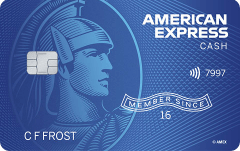
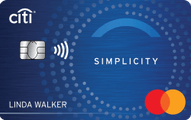

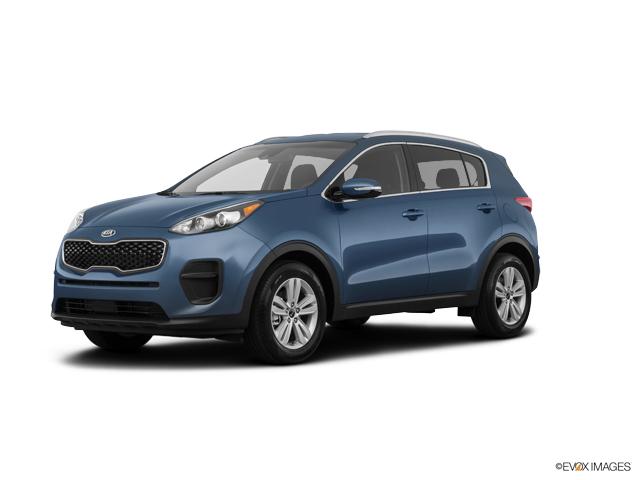
Garden Goal is All Reports Clean – Achieved 11/26/20

- Mark as New
- Bookmark
- Subscribe
- Mute
- Subscribe to RSS Feed
- Permalink
- Report Inappropriate Content
Re: Cashback Strategy
@kdm31091 wrote:I would just be mindful of spreading out too thin. Depending on your monthly spend in each given category, it may not be worth adding more and more cards. Many programs have redemption thresholds which you could have trouble reaching if you are using each card for only one or two expense categories. Just something to think about. Don't over-optimize.
That's really why for CB I am pushing the paypal + debit solution. No minimum on the CC side, (but you need $100 a month spend to get the debit reward, which is a fairly low threshold). This means you only need to consider cards that give above 3% CB in various categories like dining or travel.
- Mark as New
- Bookmark
- Subscribe
- Mute
- Subscribe to RSS Feed
- Permalink
- Report Inappropriate Content
Re: Cashback Strategy
- Mark as New
- Bookmark
- Subscribe
- Mute
- Subscribe to RSS Feed
- Permalink
- Report Inappropriate Content
Re: Cashback Strategy
Alliant Cashback Visa Signature has been an excellent workhorse as my everything-else card. 3% on everything first year w/no fee, 2.5% on everything thereafter for a $59 AF - nets at least 2.01% if you spend over $11,800 annually. I've used it to fund numerous bank accounts without it ever coding as a cash advance, helping me hit that $11.8k without needing that much organic spend. Plus no FTF.
Plus plus, they have a flat 2% card for no AF to which you can downgrade after that first 3% year.